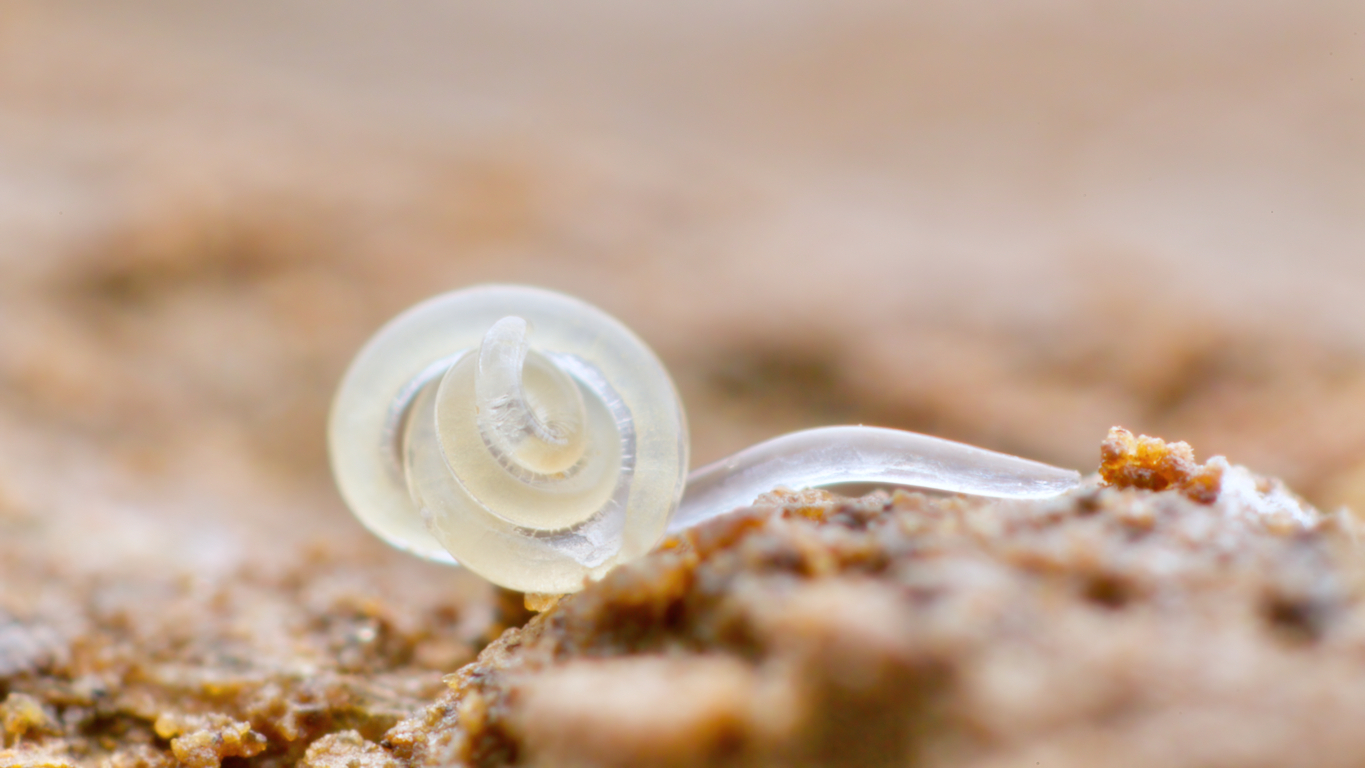
Nematodes
Nematodes are among the most numerous multicellular organisms on earth. They occur in high abundance and diversity in most if not all soils world-wide. In temperate regions average abundance is a high as >2000 nematodes per 100 g soil[1], and even in intensively managed arable soils >40 different genera can be present[2]. Moreover, nematodes are represented at all trophic levels where they feed on all possible soil biota, except perhaps on dead organic matter. Besides being notorious plant and animal parasites, they positively contribute to nutrient cycling and even to pest and disease regulation[3]. Moreover, linked to their high diversity they have a proven efficiency as sensitive indicators of changes in soil conditions.
Nematodes can be efficiently extracted from soil and their enumeration and identification are highly standardized and facilitated by concise easily accessible identification keys, although some level of expert knowledge is needed. Nowadays, nematode communities can also be studied by molecular analyses tools including qPCR to estimate abundances.
Interpretation of changes in soil conditions can be based on nematode taxonomic diversity, as well as feeding and life-history groups, information that is captured in a collection of well-studied community-based indicators. The online tool NINJA[4] (available under Other Tools) facilitates the automatic calculation of a suite of nematode community indices and is fueled by the updated online Nematode Plant Expert Information System NemaPlex. These tools can be used to assess effects of soil disturbances related to agricultural management and environmental impact in natural ecosystems.
Text by Dr. Ron de Goede, Soil Biology Group, Wageningen University and Research
[1] Hoogen et al. 2019. Soil nematode abundance and functional group composition at a global scale. Nature 572: 194-198.
[2] Bongiorno et al. 2019. Reduced tillage, but not organic matter input, increased nematode diversity and food web stability in European long-term field experiments. Molecular Ecology 28: 4987-5005.
[3] Ekschmit et al. 2001. Nematode community structure as indicator of soil functioning in European grassland soils. European Journal of Soil Biology 37: 263-268.
[4] Sieriebrienikov et al. 2014. NINJA: An automated calculation system for nematode-based biological monitoring. European Journal of Soil Biology 61: 90-93.
